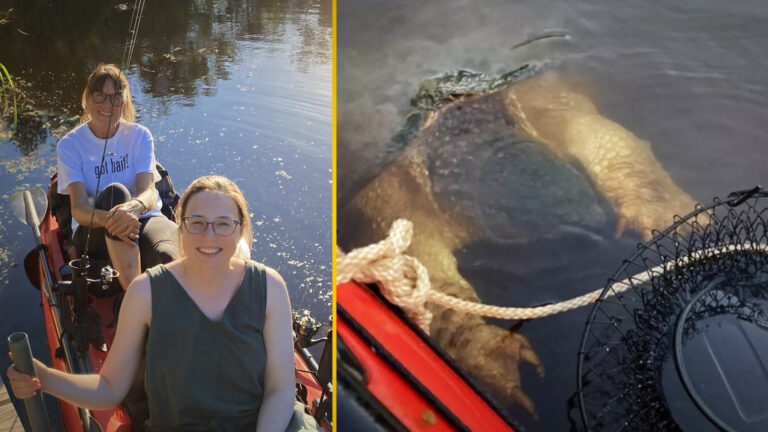California Is ‘Peeling Apart’ Below Earth’s Surface—What It Means for the Future
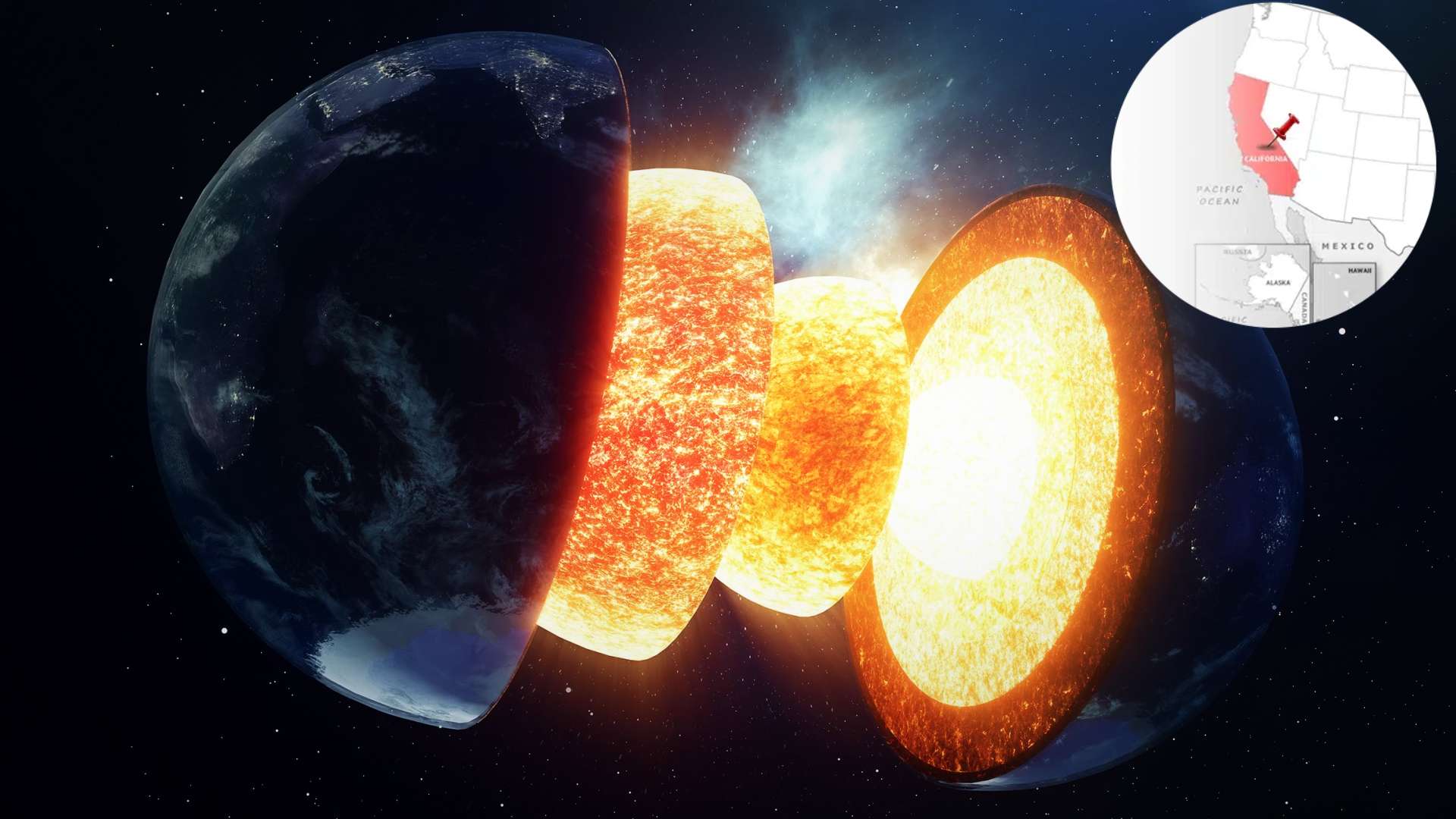
Recent research has provided startling insights into California’s geology, confirming long-standing theories about tectonic activity beneath the state. This discovery paints a picture of a rapidly changing underground landscape, revealing that California may be slowly “peeling apart” deep below the surface. As scientists uncover more about these hidden processes, it challenges the way we understand the forces that shape the planet. The new findings are particularly important as they offer clues about how geological activity shapes continents over time.
California’s Natural Disasters: Earthquakes, Wildfires, and More
California is no stranger to natural disasters. The state is notorious for its seismic activity, including earthquakes, as well as devastating wildfires. The wildfires that ravaged California this month are a stark reminder of the threats that the state faces regularly. Thousands of homes were destroyed, countless acres of land scorched, and tragically, many lives were lost. The devastating fires are part of a growing trend of increasingly intense wildfires, fuelled by changing climate conditions.
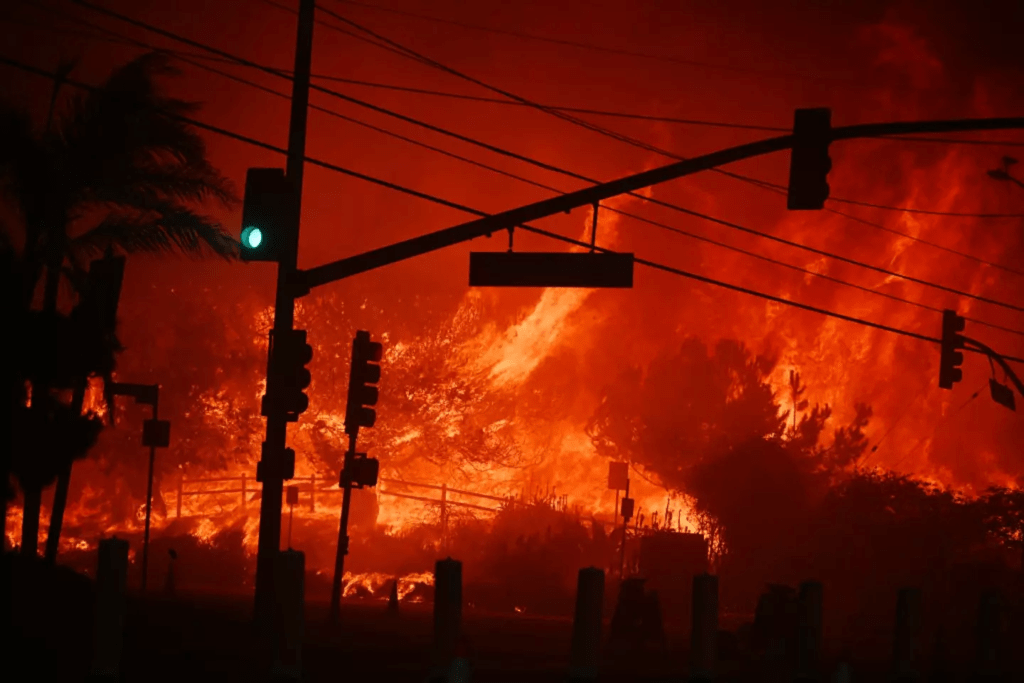
(Photo: Robyn Beck/AFP via Getty Images)
While wildfires often dominate headlines, a new discovery has brought attention to the critical geological processes occurring beneath California’s surface. These changes are just as significant and could have far-reaching implications for understanding the Earth’s continental development. As Californians continue to cope with the immediate effects of wildfires, it’s crucial to remember that seismic forces are also silently reshaping the state’s landscape.
California’s Hidden Tectonic Drama
Beneath the Sierra Nevada Mountains, geologists have uncovered a surprising phenomenon: the land is actually “peeling apart.” Dense rocks deep beneath the mountain range are detaching from the Earth’s surface and sinking into the mantle. This process, called foundering, has been occurring for millions of years and is only now being fully understood. The deeper tectonic shifts could have profound implications on future earthquakes and how the region will evolve geologically.
Researchers from the University of Boulder, who made this discovery, published their findings in the prestigious Geophysical Research Letters. Their study has provided new evidence that not only confirms these geological changes, but also sheds light on how continental crusts form around the world. The discovery opens up new areas of study, prompting researchers to consider how other mountain ranges around the globe are undergoing similar transformations, challenging what we thought we knew about tectonic movements.
Tectonic Activity in the Sierra Nevada
For years, scientists had speculated about the tectonic activity beneath the Sierra Nevada range. This recent study has helped clarify those suspicions, offering a much clearer picture of what’s happening below the surface. The research team utilized advanced seismic imaging techniques to map the Earth’s lower crust and upper mantle in the region. By studying the movement of seismic waves through the Earth, they could identify key changes and patterns beneath the surface. This innovative approach has allowed for unprecedented insights into the layers of the Earth that were previously hidden.
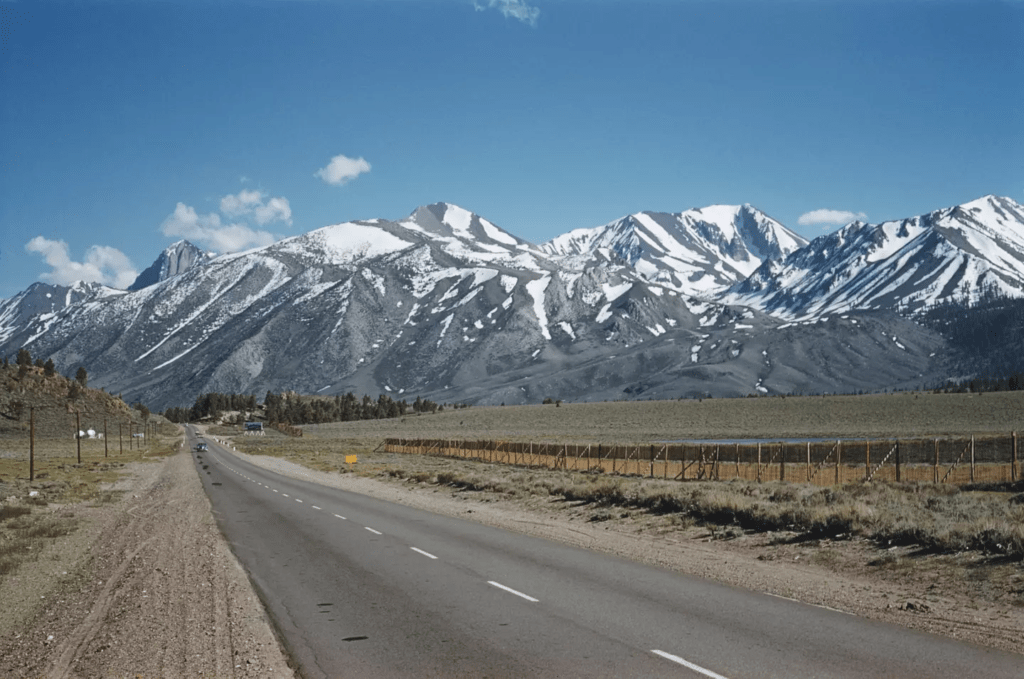
The findings confirm a long-held theory: the Sierra Nevada is literally pulling apart. This process began millions of years ago in the southern parts of the mountains and continues to this day in the central regions. The northern areas, however, still retain their dense rock layers. These regions provide an important contrast to the rapidly changing central and southern zones, offering a glimpse into how the landscape might evolve in the future. With further research, scientists hope to predict how this detachment might affect future seismic activity in the state.
The Process of Foundering
The phenomenon of foundering is not entirely new in geological circles, but it had remained largely speculative until this discovery. In the study, the researchers explain that the detachment of dense rock and its descent into the mantle is still an ongoing process. This creates small, deep earthquakes, especially in the central parts of the Sierra Nevada, which is indicative of the shifting forces below. The process of foundering has been occurring for millions of years, but its specific effects on California have only just come into focus.
“We have captured snapshots of a fundamental continent-building process,” said the research team. Their work is crucial for understanding how Earth’s crust is reshaped over millions of years, with dense materials from the lower crust sinking and lighter materials rising to form the continents we know today. This study marks a pivotal moment in understanding how tectonic forces work on a larger scale, as the process of foundering can inform scientists about similar activities elsewhere in the world.
Earthquake Data: Evidence of the Process
Researchers also examined data from the Advanced National Seismic System (ANSS) Comprehensive Earthquake Catalog. This extensive earthquake data confirmed that the foundering process has been ongoing for at least three million years. The earthquake activity in the region, particularly deep small quakes, is a direct result of this geological reshaping. These deep tremors, although not typically felt on the surface, are a telltale sign that significant forces are at play beneath the Earth’s crust.
These findings also provide significant evidence for a process called differentiation, where materials of different densities separate within the Earth’s lithosphere. This allows for the creation of lighter, continental crusts that are essential for the planet’s geological evolution. Differentiation is not only central to the formation of continental landmasses but also plays a role in the development of the planet’s magnetic field, volcanic activity, and other critical geological phenomena.
The Long-Term Impact on California and Beyond
This discovery has broad implications, not only for California but for our understanding of tectonic activity worldwide. The foundering process beneath the Sierra Nevada provides a unique glimpse into how Earth’s continents are built and shaped over millions of years. It also offers insight into the dynamic and constantly evolving nature of our planet. As new geological data becomes available, scientists hope to refine our understanding of how tectonic activity can influence not only local landscapes but global processes such as ocean circulation and atmospheric patterns.
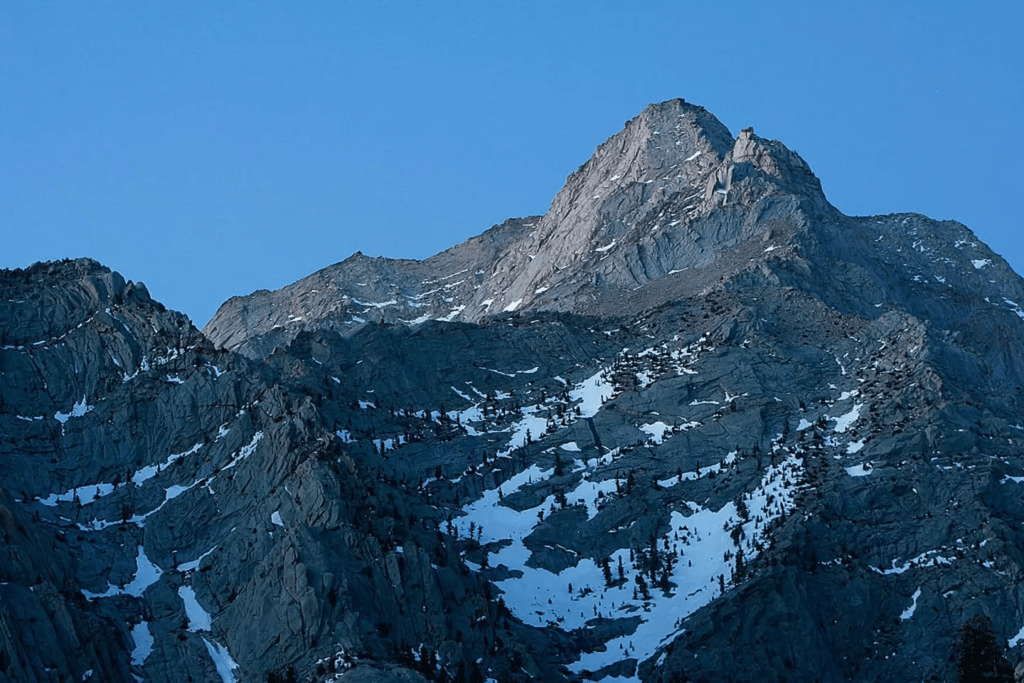
(David McNew/Getty Images)
The study helps to validate long-standing geological theories and confirms that the forces shaping the Earth’s surface are much more complex than previously understood. As geologists continue to study the Sierra Nevada region, it may become a key location for examining how other mountain ranges are impacted by similar tectonic forces, offering broader insights into Earth’s geological history.
Conclusion: What’s Next for California?
As California’s landscapes continue to shift, both above and below the surface, researchers are increasingly focusing on the tectonic forces that shape the region. While the wildfires grab the headlines, the dynamic geological changes happening beneath our feet are just as significant, offering clues to Earth’s past and future. This discovery of foundering beneath the Sierra Nevada not only provides valuable data for the scientific community but also informs potential future risks for residents in the region.
As more data is collected and analyzed, we can expect to learn even more about the forces shaping California—and the entire planet. For now, the discovery of foundering beneath the Sierra Nevada has raised fascinating questions and offered important answers about the way our world evolves over time. As research continues, the focus will remain on uncovering more about how these tectonic shifts may impact California’s future and the planet as a whole.
Featured Image Credit: Getty Stock Image






